How Navy SEAL candidates recover after Hell Week
- By Frumentarius
Share This Article
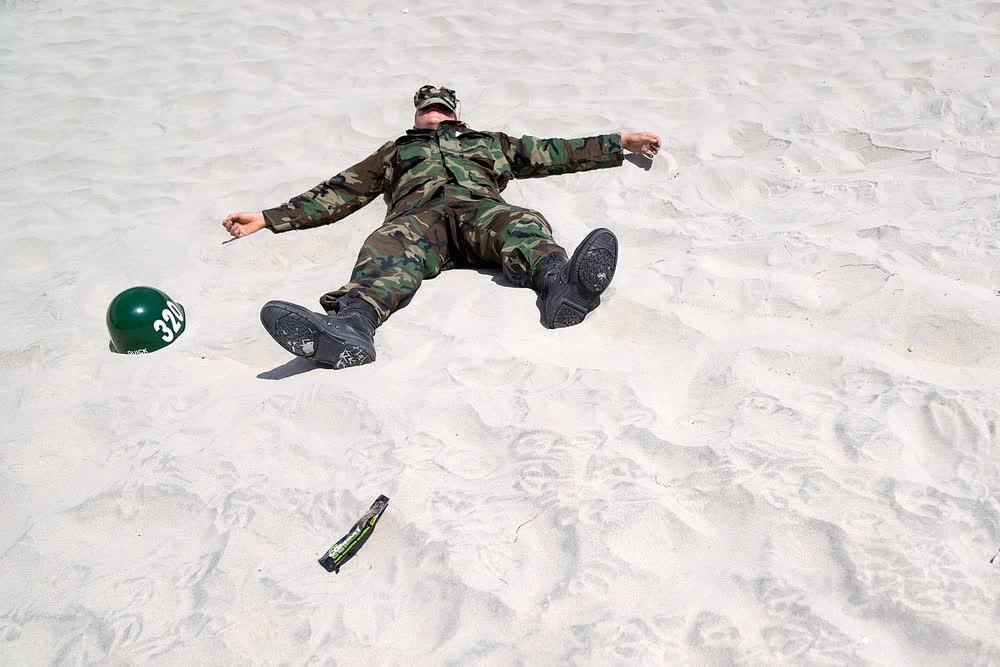
Some of the most frequent questions I receive about my time as a Navy SEAL involve Hell Week, that well-known and brutal crucible of BUD/S First Phase that all SEALs must successfully pass before one day earning their SEAL Trident. The five-day ordeal includes non-stop physical activity, which ranges in intensity from running to obstacle courses to paddling rubber boats for miles on end. The only rest provided is during meals and on those extremely brief – and rare – occasions when the instructors allow the students to nap.
Those catnap-quality sleep sessions add up, for the week, to anywhere from about 45 minutes for the average student to a maximum of about two hours for those boat crews that might be able to win every race and come first in every evolution. Rarely ever is a block of sleep more than about 20 minutes long. In other words, Hell Week is excruciatingly exhausting, and, at the end, BUD/S students are physically, mentally, and emotionally drained.
And yet, SEAL candidates are required to pick right back up on the Monday morning after the Friday Hell Week ends. This is how they do it:
Sleep and eat and then repeat
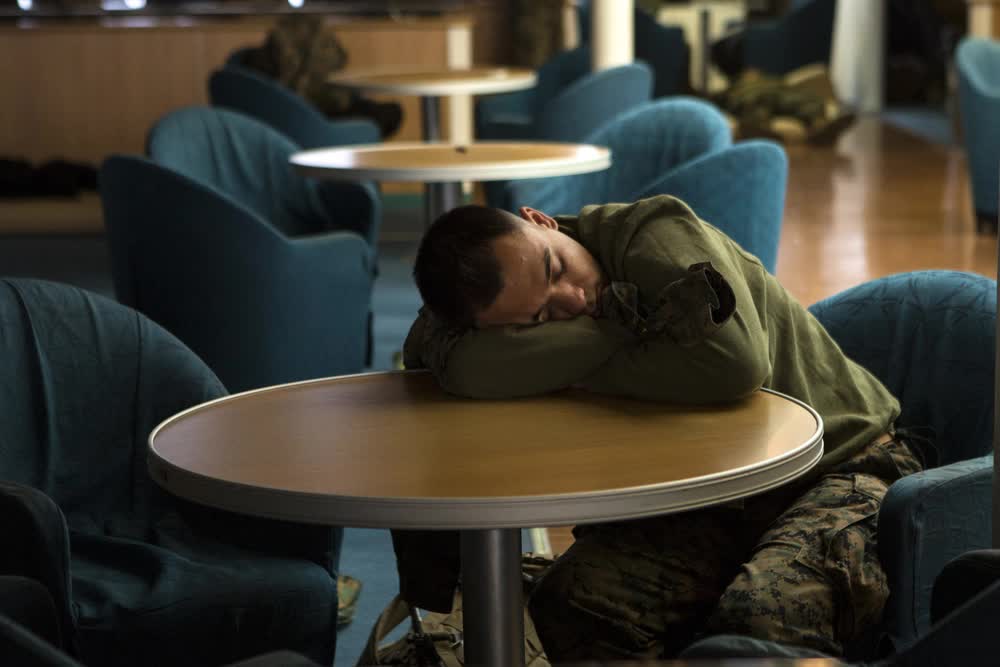
The first and most important step to their recovery is sleep. That is the paramount, overarching physiological need on that Friday. Students are sent back to their barracks room, and most sleep anywhere from 12 to 20 straight hours, waking only to urinate, take ibuprofen, or drink some fluids. They then go immediately back to sleep until they finally arise from a coma-like state on Saturday mid-morning sometime.
The sleep continues on Saturday evening, as I remember sleeping another 12 or so hours that second night of Hell Week recovery. It is amazing what two good nights of prolonged and rejuvenating sleep will do for the exhausted BUD/S student. I almost felt human and “normal” again by Sunday morning.
Related: Peak stubbornness: When Navy SEALs trained with Slovenian mountain warfare troops
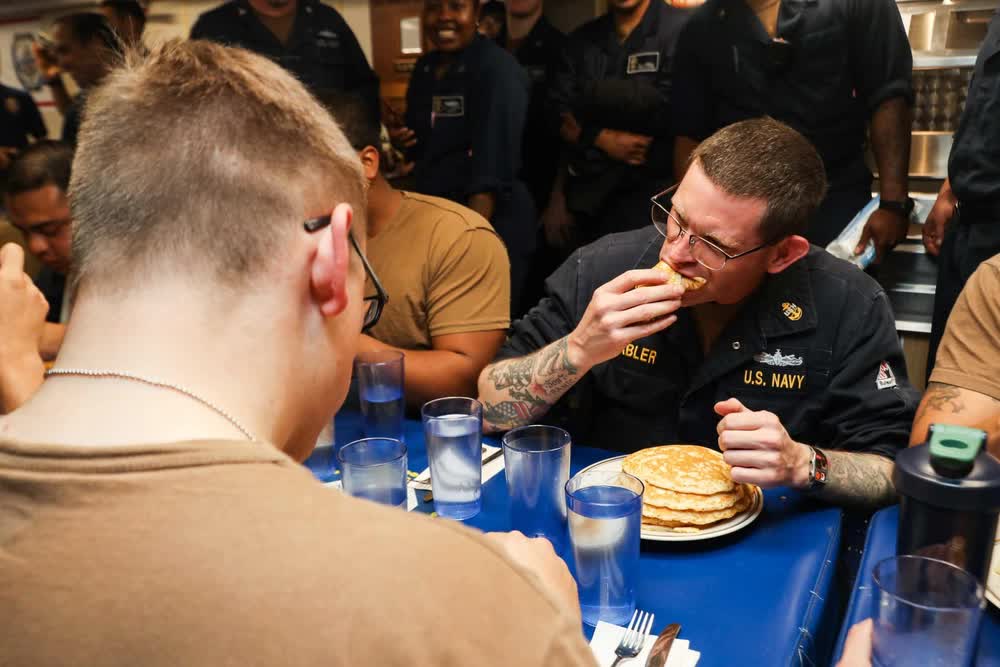
The next most important aspect of recovery is calorie consumption. BUD/S students are provided immediate food and electrolyte drinks at the end of Hell Week, before being sent off to sleep. They are told to drink an entire large sports drink (roughly two liters), and in our case, we were each provided a large pizza and told to eat it before sleeping. I ate every bite and drank the entire bottle of fluids before I crashed. My buddy, on the other hand, fell asleep with his half-eaten pizza in the opened box on his stomach.
The next morning I ate a breakfast fit for a family of four, including pancakes, eggs, French toast, grits, bacon, sausage, and lots of coffee. I remember eating ungodly quantities of food the weekend Hell Week ended, and never feeling completely satisfied.
One BUD/S doctor commented at some point in the training that each BUD/S student burns about a marathon’s worth of calories every couple of days during training. Hell Week kicks that consumption up a few notches. I finished BUD/S 15 pounds lighter than when I started it, and that was while eating four meals a day, including huge breakfasts each weekend day, and regular large Baskin Robbins milkshakes loaded with blended whole Snickers bars about every other day.
Related: Navy SEAL doctor speaks about the peculiar dangers of Hell Week
Easing your muscles back
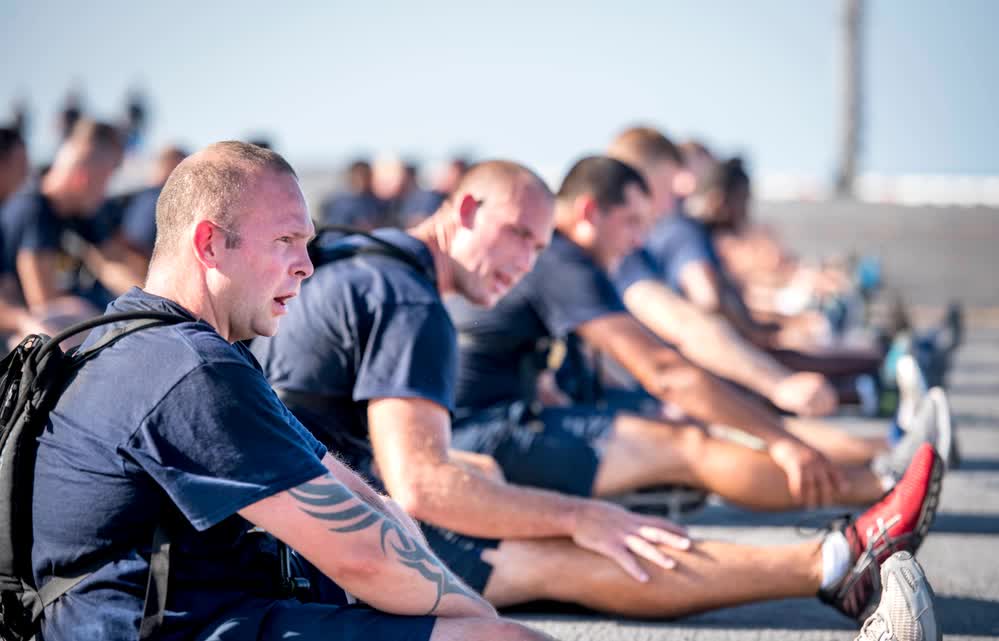
Once sleep and calorie consumption are accomplished, it’s all about stretching, nursing inflamed joints and muscles, and generally trying to get one’s body back to some sort of semblance of normalcy. I took a lot of Motrin, iced my knees, stretched a lot that weekend, took long and hot showers, and on the first Monday back, we did a slow and easy conditioning run. That actually seemed to help quite a bit, too.
The instructors aided our recovery in their own way post-Hell Week. At least in my day, we were spared major “beatings” (physical punishments of push-ups, flutter kicks, or eight-count bodybuilders) during the week immediately after Hell Week. We hit the surf a lot to get wet and sandy, but the pace of physical conditioning noticeably slowed for that following week. Instead, we did a lot of classroom work in hydrographic reconnaissance, which helped with the recovery process.
While it no doubt took months to actually recover from Hell Week, the acute recovery phase only lasts for about that first week afterward. Then it was back to the regular grind, with timed evolutions, punishing PT sessions, and all the rest. I have often said that I did not fully recover physically from BUD/S until about six months after I finished it. The accumulated physical wear and tear of the six months of training essentially took about the same amount of time to overcome. The same can probably be said for the mental stress, as well: I was still waking up in the middle of the night a few months after I finished, for example, sweating and feeling like I was failing some timed evolution.
I’m starting to shiver even now just thinking about it.
Feature Image: A Sailor participating in First Phase Basic Underwater Demolition/SEAL (BUD/S) training recovers during a lunch break. The previous week this Sailor successfully completed Hell Week, a five-and-half day portion of First Phase training where students are only allowed a total of four hours of sleep. (U.S. Navy photo by Petty Officer 1st Class Abe McNatt)
Editor’s Note: This article was originally published in January 2023.
Read more from Sandboxx News
- How large are the nuclear arsenals of Russia and China compared to those of the US and its allies?
- Anduril’s mini-cruise missile is like a Hellfire on steroids
- Ukraine is facing serious problems in the east, where Russia’s forces are grinding forward
- Indonesia’s Pindad SS2 – Service rifles from around the world
- The B-2 Spirit is aging but still packs a bunch
Related Posts
Sandboxx News Merch
-

‘Sandboxx News’ Dad Hat
$27.00 Select options This product has multiple variants. The options may be chosen on the product page -

‘AirPower’ Golf Rope Hat
$31.00 Select options This product has multiple variants. The options may be chosen on the product page -

‘Kinetic Diplomacy’ Bumper Sticker (White)
$8.00 Add to cart
Frumentarius
Frumentarius is a former Navy SEAL, former CIA officer, and currently a battalion chief in a career fire department in the Midwest.
Related to: Special Operations
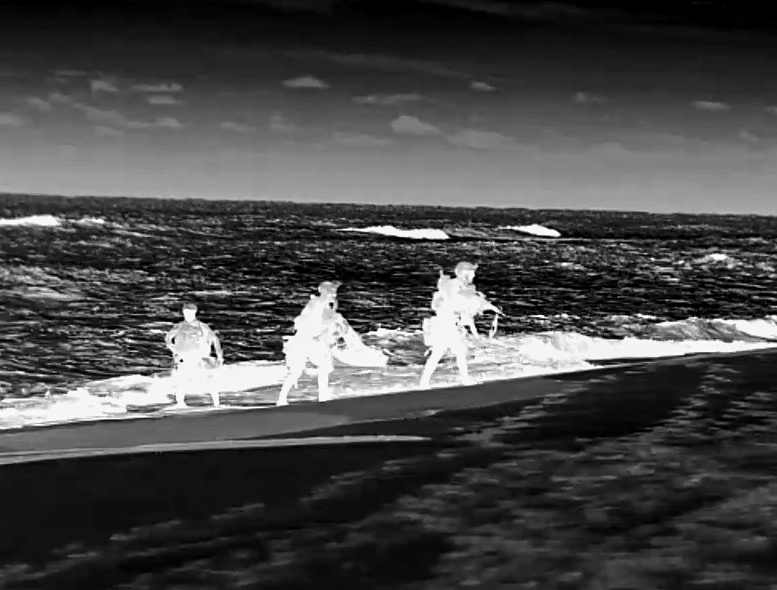
This is how Navy SEALs conduct “over-the-beach” operations
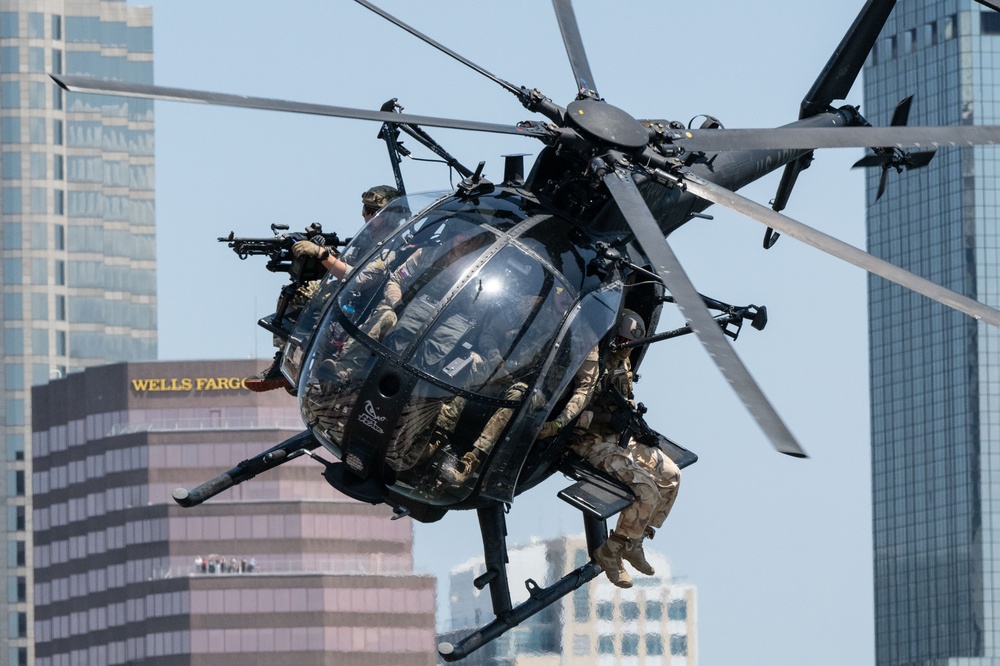
A Delta man’s failure to follow instructions was more than it seemed
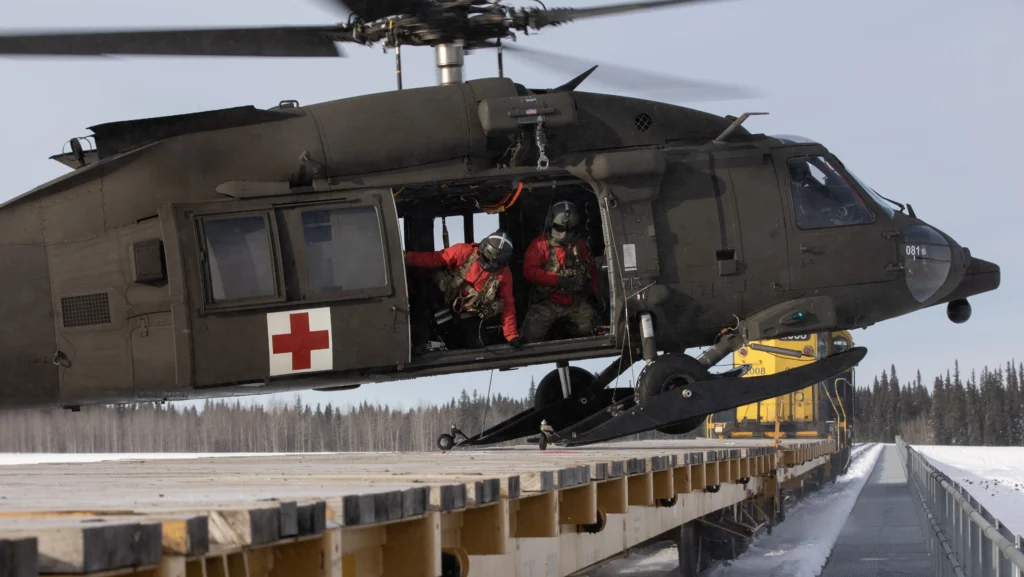
Soldiers in Alaska landed their Black Hawk on a train in a special ops exercise
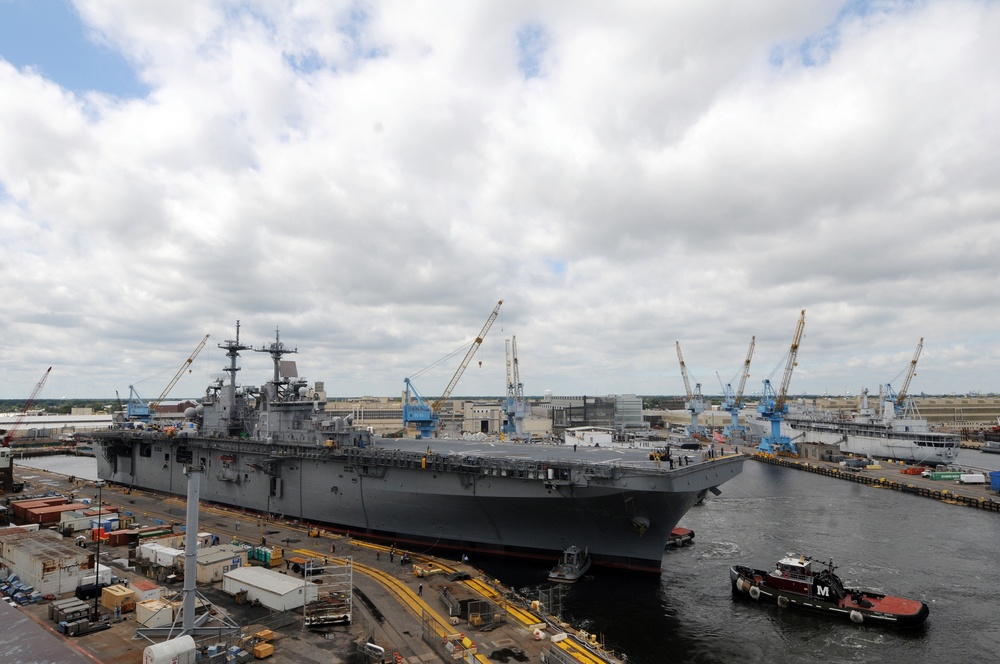
Fixing the US Navy’s shipbuilding problems starts with the workers, agency analysts say
Sandboxx News
-

‘Sandboxx News’ Trucker Cap
$27.00 Select options This product has multiple variants. The options may be chosen on the product page -

‘AirPower’ Classic Hoodie
$46.00 – $48.00 Select options This product has multiple variants. The options may be chosen on the product page -

‘AirPower’ Golf Rope Hat
$31.00 Select options This product has multiple variants. The options may be chosen on the product page -

‘Sandboxx News’ Dad Hat
$27.00 Select options This product has multiple variants. The options may be chosen on the product page
